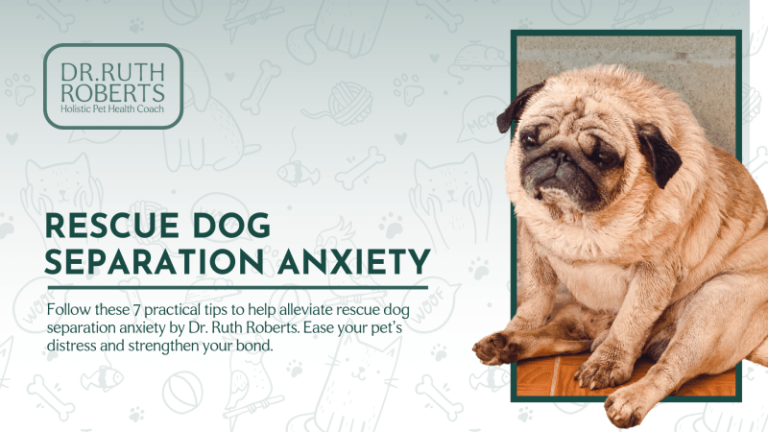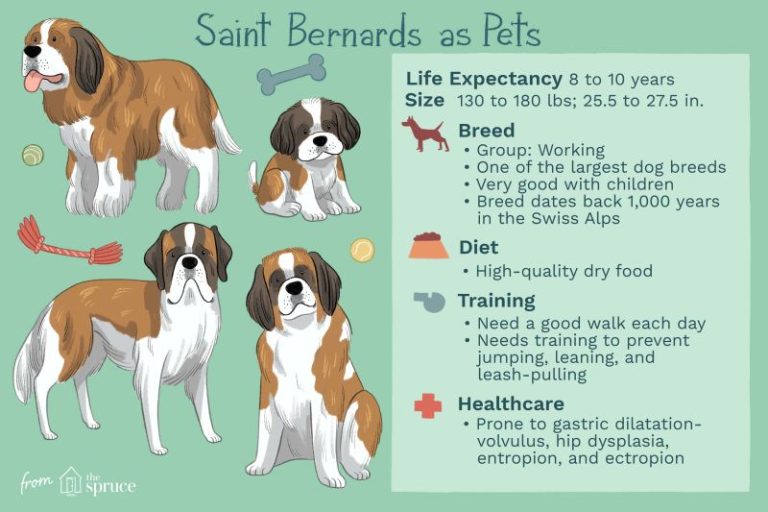Exercise Tips For Dogs – If you had access to a state-of-the-art gym, would you use it every day? If you’re anything like me, your honest answer is probably no. Sure, I might hit the old treadmill a few times a week, but unless someone insists, I spend most of my free time elsewhere. Your dog is the same. It’s a common misconception that if you give your dog access to your backyard, he’ll get all the exercise he needs. But dogs need socializing to move (and have no use for Instagram challenges). As a pet parent, you are your dog’s main motivator: getting in shape and staying healthy.
You may have heard the old saying, “A tired dog is a good dog.” It is true that regular exercise can help eliminate unwanted behaviors such as chewing, litter attacking and excessive barking. (If your dog has too much energy, let him know!) More importantly, regular exercise can help:
Exercise Tips For Dogs

Dogs should be active. Hunting, herding, protecting, each breed has a specific purpose, none of which involve lying on the puppy bed waiting for you to come home from work. You owe it to your puppy to help him reach his innate potential.
Bird Dog Exercise: Variations & Common Mistakes
Obesity is your dog’s biggest problem if he is not exercising regularly. Obesity can occur if you overfeed and underexercise your dog. An estimated 54 percent of American dogs are overweight or obese. Just because it’s normal doesn’t mean it’s okay. Obesity has serious health risks, including:
It’s tempting to shower your furry friend with these favorite treats – they look so cute when gobbled up! But remember that your dog loves walks too. High calorie food and irregular diet can cause weight gain. Nutrition plays a key role in preventing obesity. Your veterinarian can work with you to develop a proper feeding plan.
If you take your dog for a daily walk, congratulations! You are off to a great start. However, most dogs benefit from daily aerobic exercise and a 30-minute walk. Think of aerobic exercise as anything that gets your dog moving. This could be running, swimming, jumping or dancing (yes, dancing!) to name a few. Remember that puppies and senior dogs have unique needs, so check with your vet before making major changes to your dog’s routine.
The breed and size of your furry friend will also affect how much and what type of exercise you should try. For example:
Top Tips For A Pawsome Dog Walk!
These cuties are often overlooked when it comes to exercise (probably because they look so cute in your bag!). But in fact, they are prone to obesity. The good news is that toy breeds are very easy to train indoors.
Any breed with a short or flat nose can have difficulty breathing. Exercise lightly, take breaks when necessary and avoid exercising outdoors in hot and humid weather.
These men have a reputation for being energetic. They do well with at least 60 minutes of exercise every day.

Hounds like Greyhounds and Whippets are sprinters and are better suited for short, intense bursts. They probably aren’t your best jogging buddies, but they’re great for interval training.
Complete Guide To Canine Obesity
Working by nature, herding dogs are larger and quick to dissect. This means that they have a greater need for exercise and want a more rigorous activity. Exercising twice a day for a total of up to two hours is beneficial.
Too many people equate dog training with walking. Yes, walking is a staple of your dog’s exercise regimen, but dog exercise can and should be varied and fun. There are so many ways to train your dog that you shouldn’t get bored either. For example, a classic walk can become more exciting if you test different routes, let your dog lead (on a leash, of course) or add short interval training.
Leash running, ice skating, and biking are all great ways to exercise your dog outdoors. But remember to stop when your dog needs to stop – dogs aren’t built for marathons. For more information on running with your dog, check out these tips from our strategic partner, The American Society for the Prevention of Cruelty to Animals® (ASPCA®).
If you’re feeling creative, try making jumps with household items like cardboard boxes and brooms. The obstacle course provides a great mental and physical workout. For safety, keep jumps at or below your dog’s elbow.
Fit Facts On Exercise And Dogs
Soccer-style exercise balls and flying discs are also great for outdoor play, and most dogs love going to the dog park for a little social stimulation. You’ll love watching your pup and his new buds create their own training games.
Do you and your dog love to explore the outdoors? These walking training games might be right for you!
There are also plenty of indoor exercise options for your dog. Fetch works just as well in a large room. You can also try making bubbles for your child to chase, or create a food puzzle that allows them to trace the inside. Work on the stairs, dance, or focus on a brain exercise. If you have access, a hydrotherapy pool offers a complete and safe indoor workout.

Puppy parks aren’t the only way for your friend to play socially. Research your area for competition and group options. Flyball, agility classes, and tracking are just a few popular group activities for dogs that can usually be done indoors or outdoors.
Keeping Your Dog Enriched In Quarantine
If the weather is just awful, stay inside! But for the most part, you can train your dog outdoors year-round as long as you take precautions. In fact, the changing seasons offer some fun ways to mix up your dog’s exercise routine.
Many breeds love snow. Make winter a special time for your dog by creating a snow maze or letting him chase snowballs. If your dog is ready for the ultimate winter workout, try skiing. It’s a combination of cross-country skiing and dog sledding, so you’ll need a harness for the dog and skis for yourself.
In addition to keeping an eye on the weather, check your dog’s feet for icicles and hard balls of snow. Always remember to wash off the salt from your feet to prevent the pads from drying out and cracking.
When the snow finally melts, no one is more excited to explore a new world than your dog. Spring is the perfect time to explore the outdoors or take the dogs for walks, which will allow your child to exercise both his brain and his body.
How Often Should I Exercise My Puppy?
You’re not the only one who wants to hit the beach when the temperature rises! Even breeds that are not natural water dogs can learn to swim very quickly, especially if you start them as puppies and feel safe in the water. The beaches are also great for endurance walking.
No matter what form of exercise you choose during the summer months, be sure to provide plenty of shade and fresh water for your child. Avoid hot pavement and remember that short-haired white dogs need sun protection (dog-safe brands, of course!).
Fall is the perfect time to spice up the fetch game by raking leaves and letting your dog chase the ball through the piles. Noise and confusion boost your energy!

Our lifestyle affects the lifestyle of our pets. I am a full-time working parent with three human babies and one fur baby with an hourly job. I appreciate firsthand how difficult it can be to incorporate exercise into your daily routine. But it doesn’t seem fair to make my puppy potatoes just because I feel like watching TV at the end of a long day. You know dogs are man’s best friend; it’s time to give your dog the chance to be your best training partner too. Exercising with a dog is a great experience and even studies show that dog owners lose weight faster than people without dogs. Some fun exercise activities to try with your dog include:
Exercise Caution With Brachycephalic Dog Breeds
You can also do classic games like that, just do squats, lunges or sit ups while you wait for the dog to come back with the ball or stick.
While fat cats make great cartoon villains, it’s important that we protect our real-life feline friends from the dangers of obesity. Like dogs, cats can become obese if they eat too much and don’t exercise enough.
Help keep your cat fit by engaging in 10-15 minutes of active play several times a day. Remember that cats are hunters, so try games that involve chasing. Have your cat chase a laser pointer or the beam of a small flashlight. Keep it exciting by having the light mimic the movements of a small bug or bird and use a laser dot to direct them to a small toy they can “catch” to avoid the frustration of not being able to catch a shot in the end. Feather toys and rope are also fun, but never let your cat play with these toys without supervision.
Want to get your kitty moving? Create an obstacle course out of cardboard boxes, do vertical jumps or invest in a cat exercise bike. Think hamster wheel, but bigger and much more likely to be a cute meme.
A Break From Walkies! Five Easy Exercise Tips For Dogs
Information provided
Exercise tips for the elderly, tips for diet and exercise, pregnancy exercise tips, body exercise tips, tips for fitness exercise, tips for starting exercise, exercise tips for home, tips for exercise, exercise tips for women, exercise tips for beginners, exercise tips for pregnancy, exercise tips for seniors
- Dog Socialization Care Guide - August 11, 2024
- Best Dog-friendly Vacations - August 11, 2024
- Wildlife Conservation Organizations - August 10, 2024







